
ONLINE COURSE
Illuminating the Mind
Join His Holiness the Dalai Lama in an exploration of the nature of mind with leading researchers, philosophers, and Buddhist scholars.
The course features a curated selection of conversations from past Mind & Life Dialogues that explore our evolving understanding of three aspects of mind: attention, perception, and self.
This is going to be a remarkable experience in which you’ll enrich your knowledge and practice with a multi-dimensional exploration of the mind, leading to greater understanding of yourself and others—and ultimately, greater happiness, peace, and effectiveness in the world.
Your Tuition: $397
Self-study course: you can take this course at your own pace. After enrolling, check your email for a welcome email with instructions on how to take the course. When you enroll in any Wisdom Academy course, you agree to our terms of use. Enrolled students have lifetime access to course materials. For more about our terms, please see the Wisdom Academy FAQ. Wisdom is a 501(c)(3) nonprofit. All proceeds from this course go toward funding the nonprofit activities of Wisdom Publications and the Mind & Life Institute. We thank you for your support!
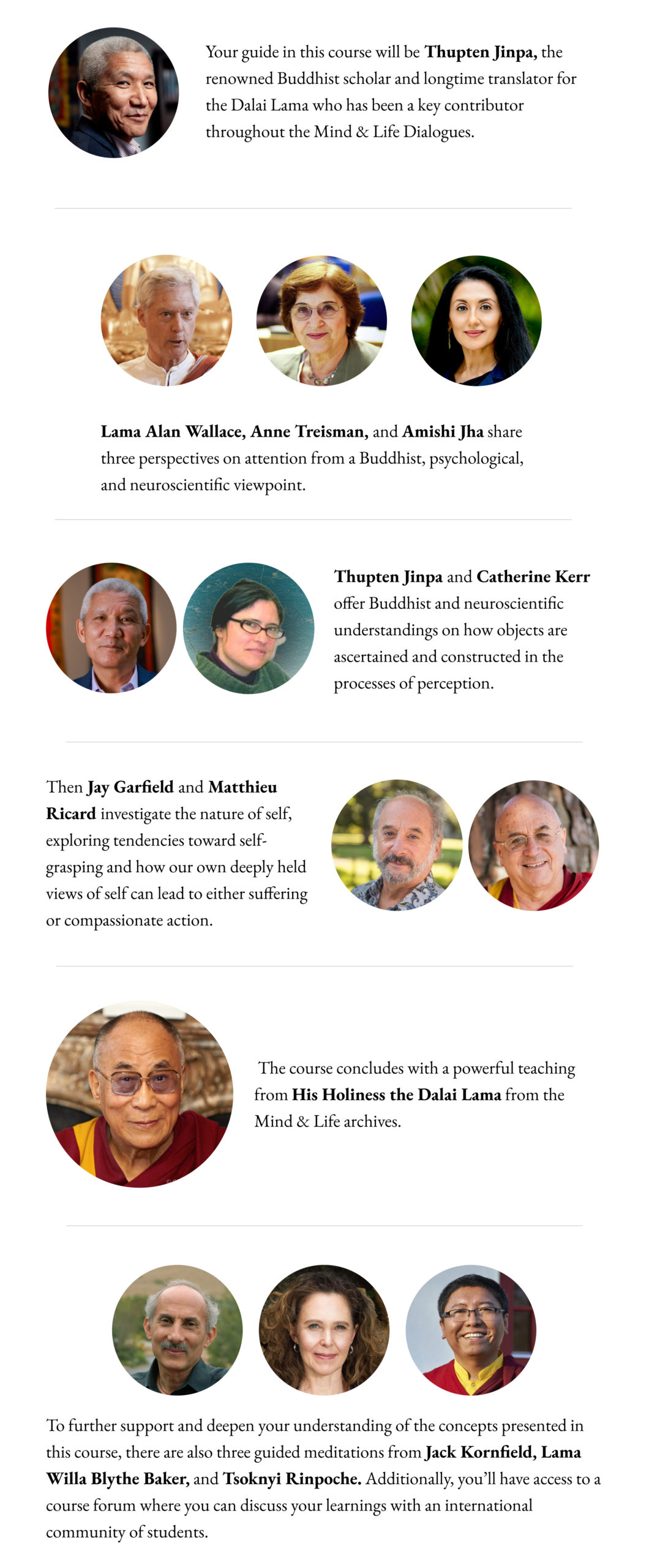
Full Tuition: $397
Self-study course: you can take this course at your own pace. After enrolling, check your email for a welcome email with instructions on how to take the course. When you enroll in any Wisdom Academy course, you agree to our terms of use. Enrolled students have lifetime access to course materials.

Lessons
Lesson 1: Introduction with Thupten Jinpa
Lesson 2: The Meditative Technology of Introspection with B. Alan Wallace
Lesson 3: The Neuroscience of Attention with Amishi Jha
Lesson 4: Modes of Attention with Anne Treisman (Includes guided meditation with Jack Kornfield)
Lesson 5: Perception: A Buddhist Perspective with Thupten Jinpa
Lesson 6: The Neuroscience of Perception with Catherine Kerr (Includes guided meditation with Lama Willa Baker)
Lesson 7: Western and Buddhist Philosophies of Self with Jay Garfield
Lesson 8: Self, Ethics, and the Science of Altruism with Matthieu Ricard (Includes guided meditation with Tsoknyi Rinpoche). The course concludes with a powerful presentation from His Holiness the Dalai Lama.
By joining this course, you’ll learn:
- the three-part framework of Buddhist practice: ethics, meditation, and wisdom;
- the science of attention and mindfulness training;
- the Western psychological perspective on attention, and specifically focused versus distributed attention;
- Buddhist philosophical perspectives on attention;
- scientific findings on the interface of mind and body;
- a range of positions in Western and Buddhist philosophy regarding the self and the person;
- the connection between understanding self and creating a better world (including advice directly from the Dalai Lama);
- and much more.
Your Tuition: $397
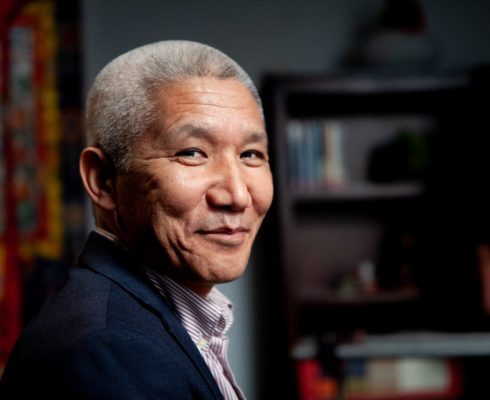
Lesson 1: Introduction with Thupten Jinpa
Dr. Thupten Jinpa contrasts Buddhism’s first-person methods with modern science’s third-person approach, outlining shared ground in their investigations of the mind and introducing core Buddhist philosophical foundations.
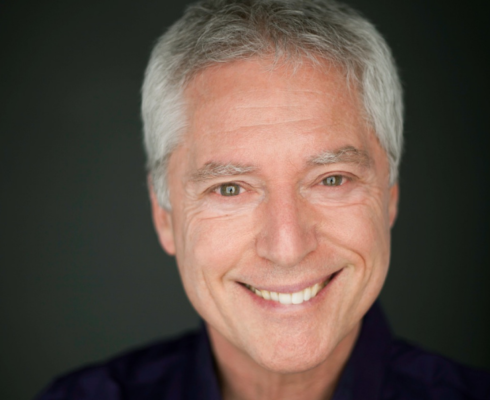
Lesson 2: The Meditative Technology of Introspection with B. Alan Wallace
Dr. B. Alan Wallace presents the Buddhist framework of ethics, meditation, and wisdom, highlighting the key mental faculties and main methods for cultivating shamatha.

Lesson 3: The Neuroscience of Attention with Amishi Jha
Dr. Amishi Jha connects Buddhist concepts of attention (manisikāra, sati) with neuroscience, sharing research on mindfulness, aging, working memory, mood, and emotion regulation in conversation with His Holiness.

Lesson 4: Modes of Attention with Anne Treisman
Dr. Anne Treisman outlines focused and distributed modes of attention from Western psychology, showing how meditation refines capacity and breadth of focus. The lesson also features a guided meditation with Jack Kornfield that will help you start to apply your learnings about attention.
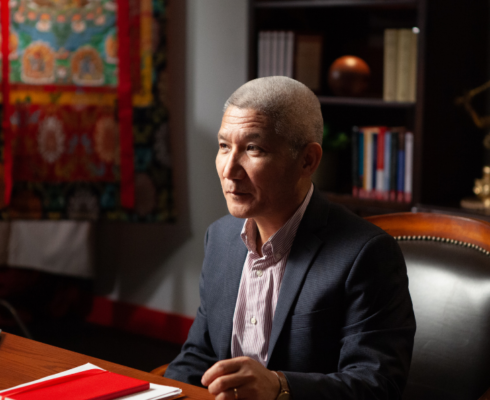
Lesson 5: Perception: A Buddhist Perspective with Thupten Jinpa
Dr. Thupten Jinpa gives a presentation on perception from a classical Indian perspective. He explains the conditions for perception arising and Dharmakirti’s contribution toward understanding perception. You’ll learn how perception is defined, and the significance of understanding perception as being free of conceptuality.

Lesson 6: The Neuroscience of Perception with Catherine Kerr
Dr. Catherine Kerr explores scientific findings on perception of body sensations. You’ll learn how mindfulness practice enhances the mind’s ability to control the “volume” of simple body-related neuronal signals, and how the brain produces a three-dimensional ego-centric map of the body in space. The lesson also features a guided meditation with Lama Willa Blythe Baker that will help you start to apply your learnings about perception.
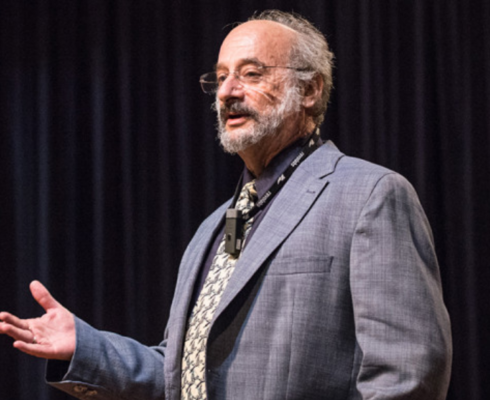
Lesson 7: Western and Buddhist Philosophies of Self with Jay Garfield
Dr. Jay Garfield explores various models of selfhood and compares Buddhist and Western views of self, distinguishing conventional personhood from intrinsic self. He also explores the ethical implications of self-grasping and selflessness.
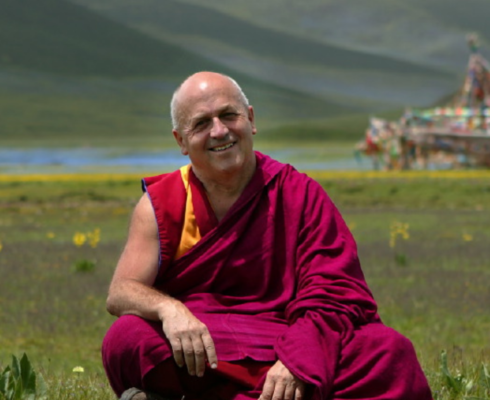
Lesson 8: Self, Ethics, and the Science of Altruism with Matthieu Ricard
Dr. Matthieu Ricard examines how views of self shape compassion, altruism, and societal transformation, clarifying distinctions between altruism, empathy, and compassion. Includes a meditation with Tsoknyi Rinpoche and a teaching from the Dalai Lama.
I have been blown away by introduction . . . watching the video has been like drinking water after a long dry spell in a desert, with multiple feeling of excitement, happiness, curiosity and wanting more!
Deeply grateful for these teachings...Thupten Jinpa’s lesson was such a gift, so clearly and kindly bringing to my attention an explosion of thoughts, ideas, and areas to recall and explore.
Thank you for this course, which has already helped me to appreciate more how rich and profound Buddhist science is, AND to value the work of great translators like Thupten Jinpa. He builds bridges for westerners like me, providing us with a means to access and reflect on this 1st-person approach.
A rich banquet for spirit and mind.
I cannot adequately describe the gratitude I feel for this program you have offered. So enthusiastic, from the very beginning, really improving and correcting my view, through this wealth of shared knowledge, with fantastic information and meditation practices, to carry forward. The final very inspirational lesson, encouraging me to augment and broaden my aspiration, increasing my motivation to continue learning and diligently practice. Now, my intention is to repay your compassion & kindness to other living beings of this world, because I cannot possibly thank you all enough. Rejoice!
This introduction by Thupten Jinpa and the reading amazed me much more than I expected. I really thank life for bringing me answers through this wonderful course.
-
-
-
- When does the course start and what will the schedule be? The entire course is available now and you can take it at your own pace!
- Are the lessons live or recorded? The primary lesson videos are curated selections from the Mind & Life dialogue archive along with more newly recorded guided meditations.
- Will I lose access? Enrolled students have lifetime access.
-
-
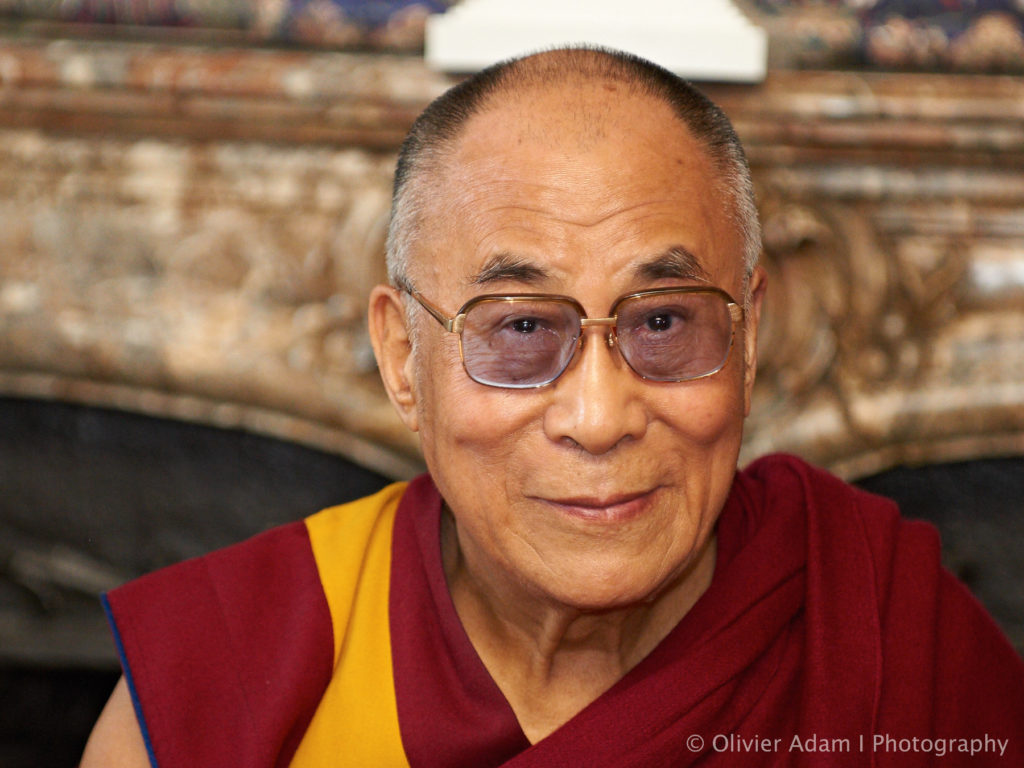 His Holiness the Dalai Lama is the spiritual leader of the Tibetan people, a Nobel Peace Prize recipient, a beacon of inspiration for Buddhists and non-Buddhists alike—and the inspiration behind this course. His Holiness is known and admired for his more than four decades of systematic dialogues with scientists exploring ways to develop new evidence-based approaches to alleviate suffering and promote human flourishing. He is the co-founder of the Mind & Life Institute and has helped to revolutionize traditional Tibetan monastic curriculum by incorporating the teaching of modern science. He is a great champion of the great Indian Nalanda tradition of science, philosophy, and wisdom practices.
His Holiness the Dalai Lama is the spiritual leader of the Tibetan people, a Nobel Peace Prize recipient, a beacon of inspiration for Buddhists and non-Buddhists alike—and the inspiration behind this course. His Holiness is known and admired for his more than four decades of systematic dialogues with scientists exploring ways to develop new evidence-based approaches to alleviate suffering and promote human flourishing. He is the co-founder of the Mind & Life Institute and has helped to revolutionize traditional Tibetan monastic curriculum by incorporating the teaching of modern science. He is a great champion of the great Indian Nalanda tradition of science, philosophy, and wisdom practices.
The Wisdom Academy is the leading provider of high-quality online courses about Buddhism and meditation.
The Wisdom Academy was founded in 2016. Since then, we’ve grown to be the leader in online Buddhist learning, with over 50 courses and thousands of students enrolled.
In the Academy, dedicated students come together with beloved teachers to learn authentic philosophy and practices for awakening.
Our courses offer teachings on Dzogchen, shamatha, Mahāmudrā, vipassana, mindfulness, jhana, and much more. The clear, progressive structure of the courses will support you in learning about the profound philosophy and practices of the Dharma. You’ll discover the vivid and immediate ways that the teachings can create more ease, joy, and freedom in your daily life. Click here to learn more and explore our course catalog.









